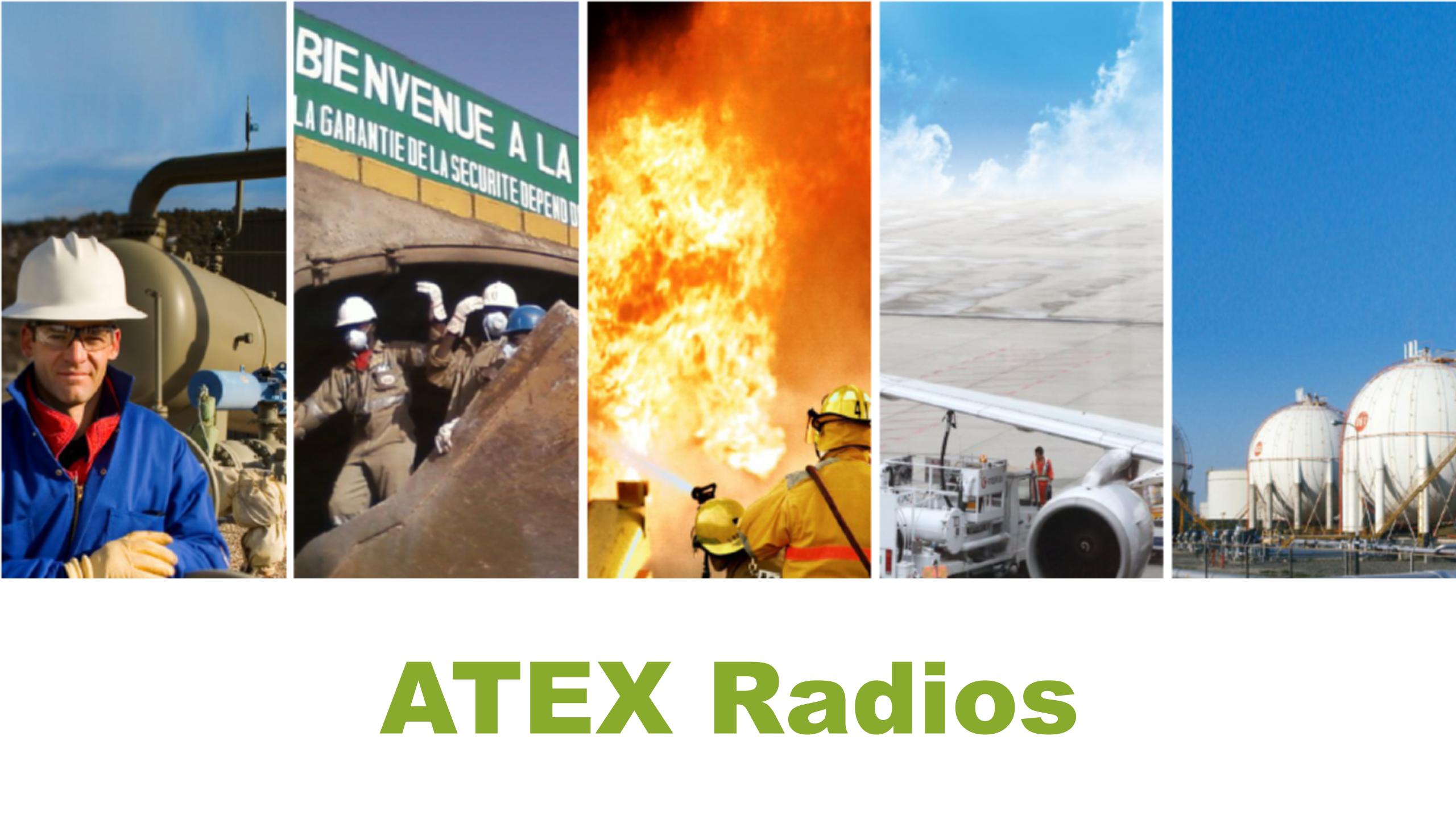How ATEX Radios Help Meet Compliance Standards in Explosive Atmospheres
Explosion-Proof Radio
In industries where explosive gases or dust are present, maintaining safety is critical, and reliable communication plays a central role in this effort. ATEX radios are specially designed to meet the strict compliance standards required for operation in hazardous environments. These radios not only ensure clear communication but also prevent the ignition risks that could lead to disastrous explosions.
ATEX, which stands for ATmosphères EXplosibles, refers to the European Union's safety standards for equipment used in explosive environments.
Certified for specific ATEX zones—such as Zone 1 (likely explosive atmospheres) or Zone 2 (occasional explosive atmospheres)—these radios ensure compliance with the EU's stringent safety regulations, reducing risks of accidents caused by electrical or mechanical failures. Additionally, ATEX radios are built to withstand extreme conditions, offering resistance to dust, water, and high or low temperatures, ensuring reliable operation in demanding settings.
How ATEX Radios Meet Safety and Compliance Standards
The design of ATEX radios is built around strict compliance with safety standards. These radios are equipped with explosion-proof casings, intrinsically safe circuits, and safeguards against overheating and sparks, all of which prevent them from becoming ignition sources in explosive environments.
Certified for specific ATEX zones, such as Zone 1 or Zone 2, ATEX radios are tailored for environments where explosive atmospheres are either likely or possible during normal operations. By meeting these specific safety criteria, ATEX radios ensure compliance with EU safety regulations, significantly reducing the risk of accidents caused by electrical or mechanical malfunctions. In addition, these radios are constructed to endure harsh conditions, offering dust, water, and temperature resistance, which ensures reliable communication even in the most demanding environments.
Industries and Applications Benefiting from ATEX Radios
ATEX radios are indispensable in high-risk industries like oil and gas, mining, chemicals, and pharmaceuticals, where explosive atmospheres are common. These radios not only help maintain compliance with safety standards but also enhance operational efficiency and worker safety.
Oil and Gas: Offshore platforms and onshore refineries rely heavily on ATEX radios to facilitate secure communication across large areas. These devices allow teams to respond quickly to safety concerns or operational updates, minimizing risks.
Mining: In environments with explosive gases like methane or coal dust, ATEX radios provide robust communication solutions. Their reliability in confined, high-risk spaces ensures critical information is relayed without delay during emergencies or operations.
Chemical and Pharmaceutical Industries: In facilities where volatile substances are handled daily, ATEX radios enable workers to coordinate tasks safely while adhering to strict regulatory requirements.

Case Studies
A great example of ATEX radios in action is at Saudi Aramco Jubail Refinery Company (SASREF). The refinery faced challenges with its outdated PMR analog system, including poor coverage, limited frequency resources, and system aging. Hytera provided a tailored solution with Hytera Intrinsically Safe Radio, certified to the highest ATEX explosion-proof standards. The solution included an indoor DAS system for coverage and a TETRA DMO Gateway to address remote areas, ensuring reliable communication.
The Future of ATEX Radios
Looking ahead, the demand for ATEX radios is set to grow as industries prioritize enhanced safety features and smarter communication solutions. Innovations like extended battery life, and advanced noise cancellation will further enhance the reliability and usability of ATEX radios in explosive environments.
ATEX radios are more than compliance tools—they are lifesaving devices that protect workers, assets, and environments. By meeting stringent safety standards and offering robust performance under extreme conditions, these radios provide peace of mind for industries operating in hazardous zones. With companies like Hytera driving advancements in ATEX technology, the future of safe and effective communication looks even brighter.





